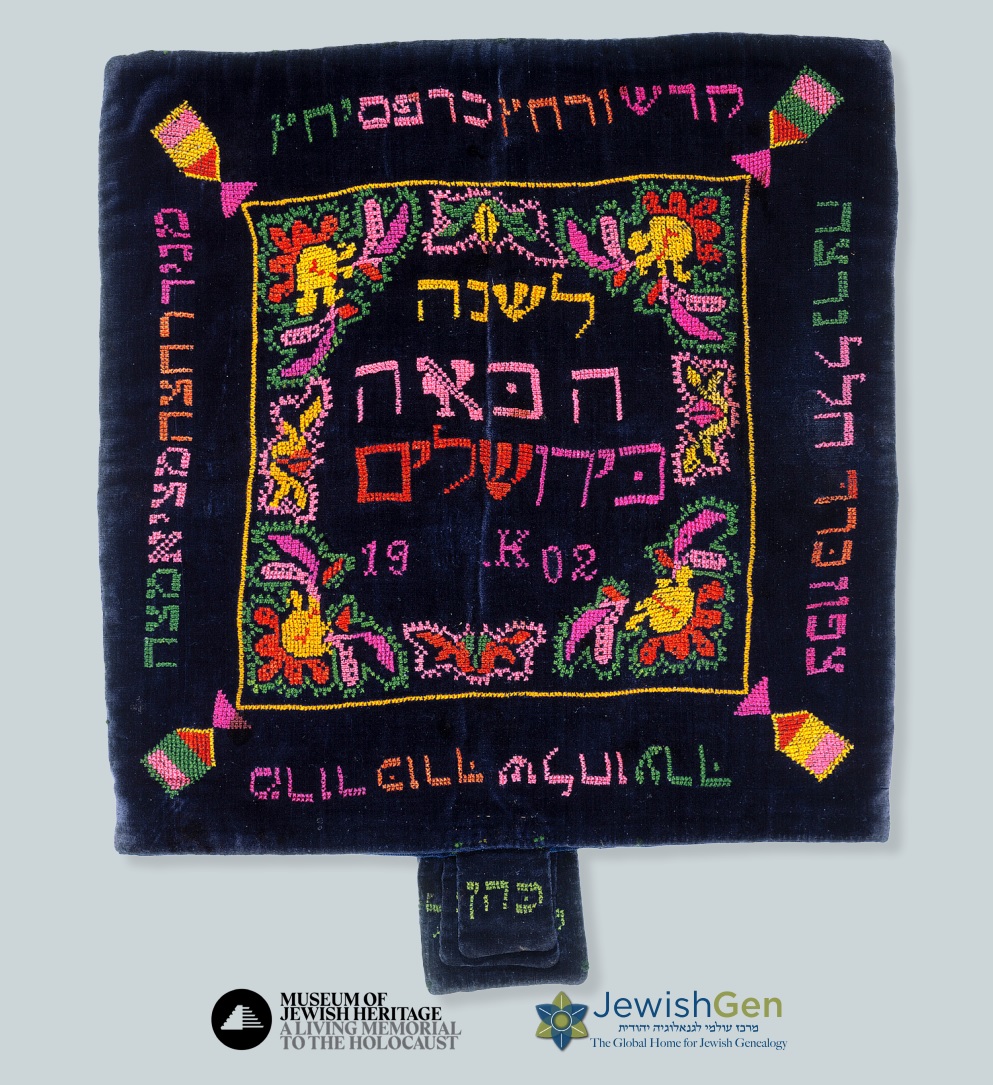Be Inspired! Read The JewishGen Passover Companion

Welcome to JewishGen - The Global Home for Jewish GenealogyExplore millions of records from around the world, identify relatives, discover the towns of your ancestors, experience how they lived, connect with our global JewishGen community, and more!
Read the latest news/announcements/articles from our blogRead more ... |

|
Edmond J. Safra Plaza | 36 Battery Place | 646.494.2972 | info@jewishgen.org | |

|